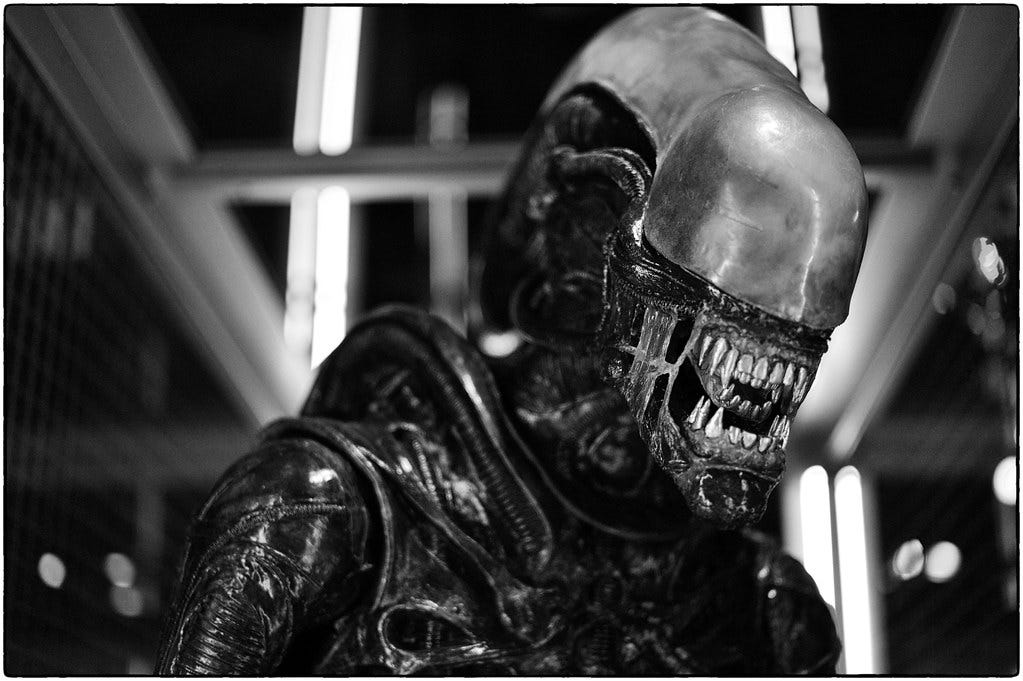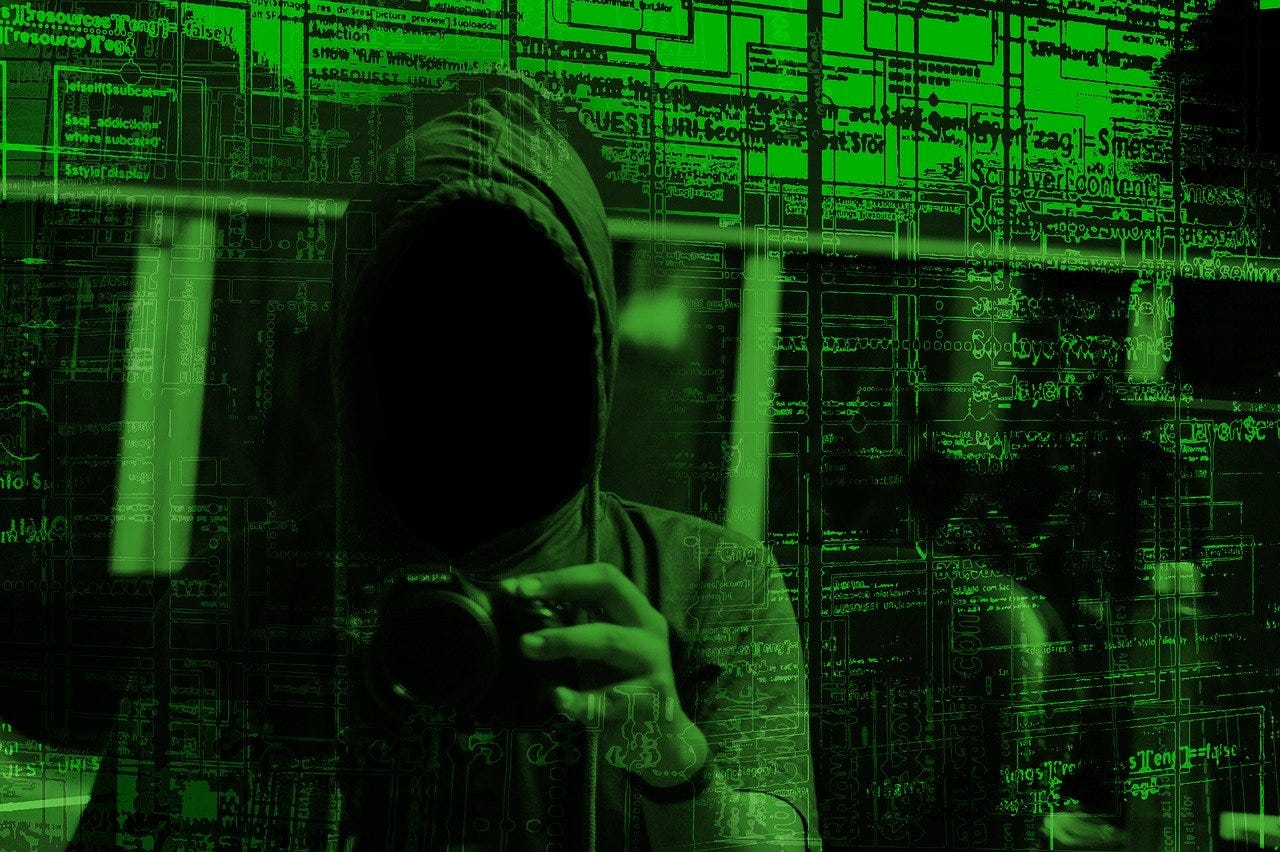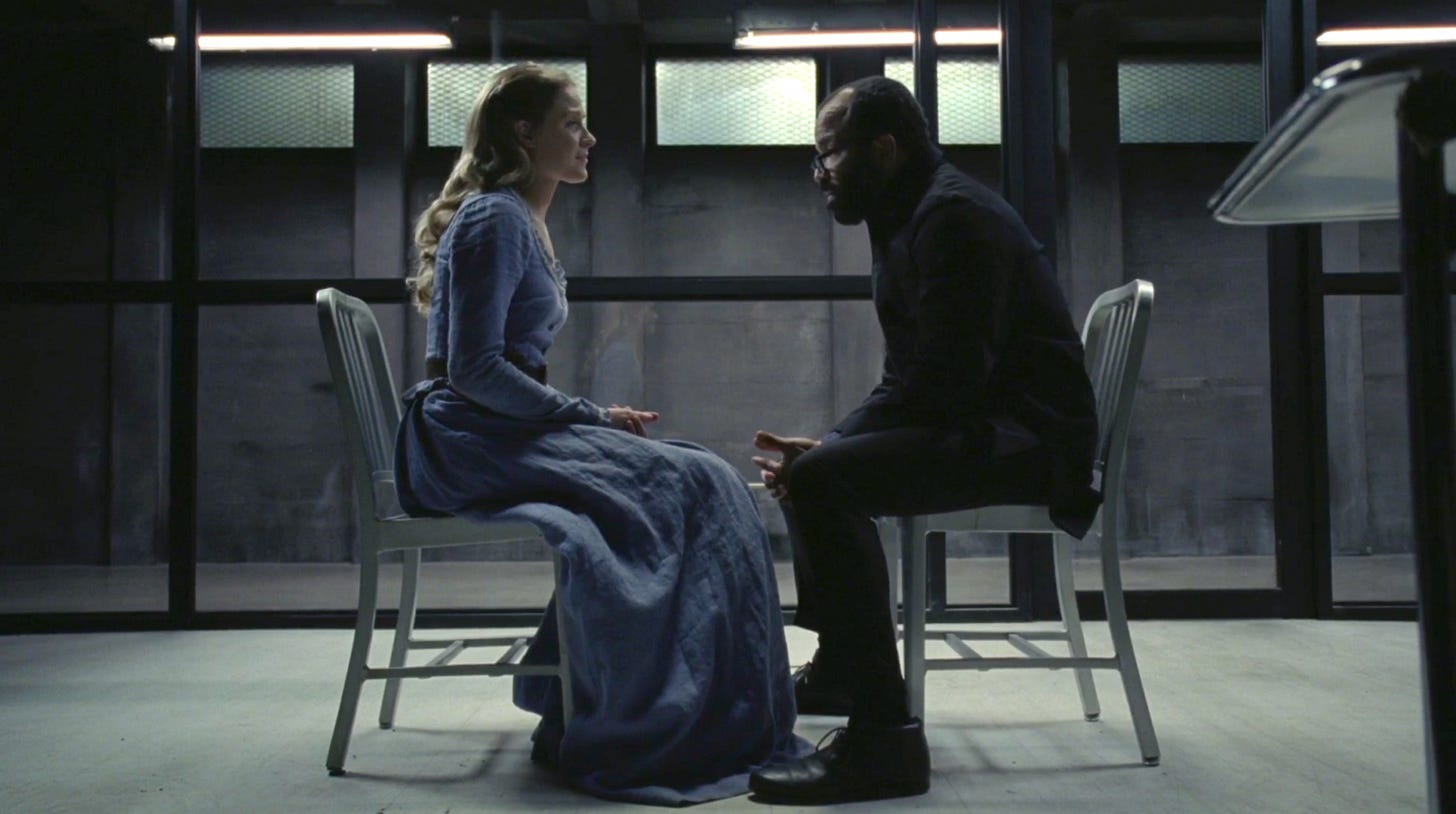Meta-Multiversal Futility
The worlds we shelter in are not real
The worlds we shelter in are not real. In stories, we know that luck, magic, science, or magical science will save the protagonist. We know that movie studios favor happy endings, and poetic justice. There are nanosuits and butler AIs, gravity-resistant (and benevolent) aliens, alethiometers that detect the truth, and stooges that can hit anything but the target with their blasters. We carry these sagas and space operas and series; we carry our comforting modern mythologies in our consciousness. They form the meta-language of our memes.
Much has been written about the shared fictions that undergird human societies, and that we use to function by consensus: money, religions, nations… We believe in them and they become true: we live in them and they consume us, they become us. We are allegiant to corporate entities and brands that we have somehow granted personhood to. And these corporate persons give us the stories we crawl into for refuge, that animate our play, that provide our jokes and puns, that feed us an infinite scroll of opinions.
You may think of social media feeds as places we go to, but I believe they, like the wi-fi and radio wave seas we swim in, were augmenting our reality before AR. We spool and unspool these escapist timelines and relationships in our heads. Our virtual headspaces, shared or siloed, are firmware, firmament, and infirmity. The psycho-digital constructs (they are indeed matrices) our bodies, institutions, transactions, and fantasies exist within are no less real than visible and tangible matter. So we may speculate more about what Sony and Marvel will do with their respective cinematic universes and shared IP than the rot at the center of our world. It is easier that way. And as Peter B. Counter says, when we sleep, even the monsters we see are “the intellectual property of large media corporations.”

But the real world has war and untenable squalor. The real world has bomb shelters. Or not. There are real strong men breaching your borders to impose their secret police upon you. There are non-hypothetical villains breaching your borders to impose their polonium on your dissidents, and to push them out of fourth-floor windows. They are bringing the chill to your public square; they are bringing a hush to your conversations; they are bringing a dread to your quiet moments.
(Right, and not might, should be right. But we have built a world, or allowed one to be built, in which whoever is strong[est] is allowed to get away with whatever they want. The millennia of recent history desecrated by the “divine” “right” of kings; popes that declared terra nullius under Indigenous peoples, and the invasions, war crimes, genocides, assassinations, and the patterns of resource-extraction-as-justifiable-end of empire [especially the American empire] have brought us here.)
If wars and rumours of war; our unhoused and oppressed neighbours; and our own indentured servitude do not bear thinking about, there’s a place we can hide. The beneficiaries of the status quo depend on this vacuity, and anesthesia, to our true circumstances. (Speaking of indentured servitude: Are we indentured? Are we servile? Q.E.D.)
In the movie Ready Player One, the world is so decrepit that people would rather spend time in the virtual than the real world. I contend that we are already there, and that futuristic expressions of virtual reality only adapt from our recent present. The real world holds such little hope, and so much despair, that we hide in our screens, and stories, and brands.

In the 1993 movie Demolition Man, after the Franchise Wars, Taco Bell was the singular surviving restaurant chain on the planet. So Facebook eats the cyclops Oculus; Google eats the panoptic YouTube, and so on. We have much fewer phone platforms today than 10 years ago, for instance, and the user interfaces of these brands have become the operating systems of our brains.
Neal Stephenson’s novel Snow Crash, which introduced the concept of the metaverse in 1992, had nationalistic brands that determined the flow of peoples’ lives, and a virtual world layered on top of the real one, where the protagonist, Hiro Protagonist (no joke, he’s a swordsman and pizza delivery guy), was able to become much more than he ever could in reality. So here’s my meta-analysis: If one’s real life is a series of dead ends, one might turn to a multiverse for hope. The meta-multiverse holds multitudes of hopes for the different ways things could have turned out, different variants of an individual on different paths and in different directions. Perhaps we needn’t be bound in claustrophobia. We could cast a spell, use a time stone, will ourselves like in the movie Edge of Tomorrow (or Source Code) to do it again and again and again until we’ve figured it out.

We return to the tragedy of bread and circuses to keep the masses sated. I wrote last week about Moon Knight being a singular beacon of anticipation for me, at least till the next MCU movie is released. And I was thinking today, after I saw Spider-Man: No Way Home while Russian forces advanced upon Ukraine and several other imperialistic catastrophes continue to unfold worldwide, that the memetic world I live in so as to / because I despise the concrete, is a flimsy refuge. What does it matter what Dr. Strange and Wanda Maximoff will do about the multiverse, when we’re living through an actual apocalypse?
People are buying real estate in the meta-abstraction of the recent metaverse. But we are the currency our feudal lords barter. We need the illusion of ownership, or control, to continue our capitulation to capital. It is true that the simpler permutations of our metaverse are comforting and distracting enough; and that mind bunkers might be safe in our brains. It is true that the skull is a safe receptacle for the brain, but only to a certain point. Like Cypher in The Matrix, we may surrender to the simulation even if we know the truth, because the truth is only a truth of death and pain.

If all my analogies and meta-analogies are about an infinitely recursive set of references, and if I seek out an echo chamber of similar personas to commune with because others simply do not “get” “it,” and if I demand to be spoken to in these neologisms, if the grooves of my thoughts do not stray from movies and franchises and disposable memes, it is because I have abdicated my responsibility to witness. I am lulled by the soporific, opiogenic fuzz of waking dreams.
And just like the skull can be breached with enough force, at some point, we do need to question the nature of our reality. Our illusions work hard, but the corrupting blight moving from pod to pod, that we feed with our life force, works much harder.



